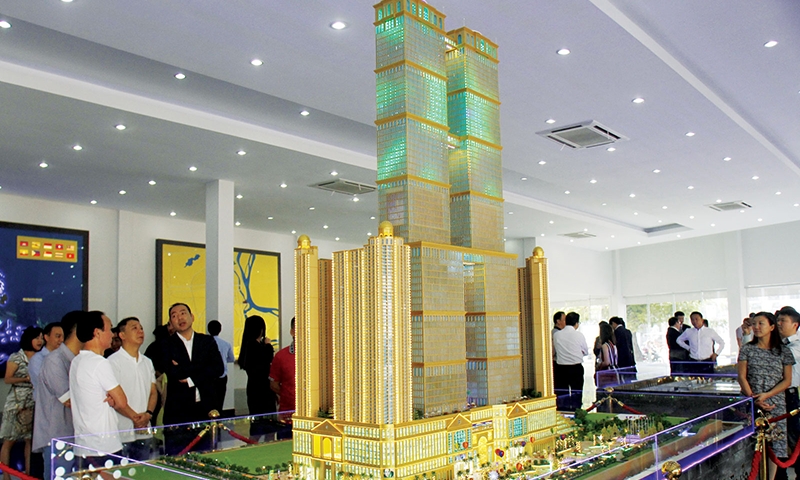Saudi Arabia’s Mukaab: Ground Broken on World’s Largest Building
Construction is now officially underway on the Mukaab, a monumental 400-metre-high supertall skyscraper in Riyadh set to become the world’s largest building. Located at the heart of the 19-square-kilometer New Murabba development, the Mukaab will rise with cube-shaped dimensions, featuring 400-meter-long edges, and stand as a centerpiece of Saudi Arabia’s capital. The New Murabba Development […]
Beijing Unveils Smart Rail Project Using Data Analytics System for Reducing Carbon Emission While Optimizing Efficiency in City
Leveraging Data Analytics and Model-Based Approaches to Optimize Station Placement and Multimodal Connectivity Reducing Carbon through Public Transportation Effective public transportation is essential for vibrant, sustainable cities. It not only enhances the quality of life for residents but also significantly reduces the reliance on carbon-emitting private vehicles and cuts down on other atmospheric pollutants that […]
Bentley Digital Technology Saves China Nearly a Year & Saves More Than US$8 million on 6.5m/m2 Reservoir Project
Nestled along the scenic Woken River in Heilongjiang, China, the Taoshan Reservoir, fondly known as the “Little West Lake” of Qitaihe City, stands as a testament to modern water management excellence. Serving as a linchpin for flood control, urban water supply, and the holistic utilization of farmland irrigation and aquaculture in Heilongjiang province, this reservoir […]
Eternal Splendour Revived: APSARA Authority’s Restoration of Preah Khan Temple
The APSARA Authority has embarked on the second phase of the meticulous restoration of Preah Khan temple while preserving the ancient architectural style. Building upon the triumphant completion of the initial phase in October 2022, this endeavor reflects Cambodia’s enduring commitment to preserving its cultural heritage. The Ministry of Culture and Fine Arts unveiled their […]
PM Orders to Move Two District Halls to Newly-Developed Areas
Prime Minister Samdech Hun Sen has asked authorities to relocate two district halls in the Apsara area, where construction was banned, to the new development areas in Preak Snaeng and Run Ta Ek. Speaking at a get-together with almost 2,000 families in the Run Ta Ek development area of Banteay Srei district, PM Hun Sen […]
115ha on Ta Prom Island to be Transformed to Mixed-Use Development
The Council of Ministers has given a permit to Ta Prohm Investment Co., Ltd. to develop 116 hectares of land on Ta Prohm Island in Sangkat Prek Eang, Khan Chbar Ampov into a new development zone. According to letter No. 821 of the National Assembly dated 23 September 2022, the company will develop Ta Prom […]



 ខ្មែរ
ខ្មែរ







